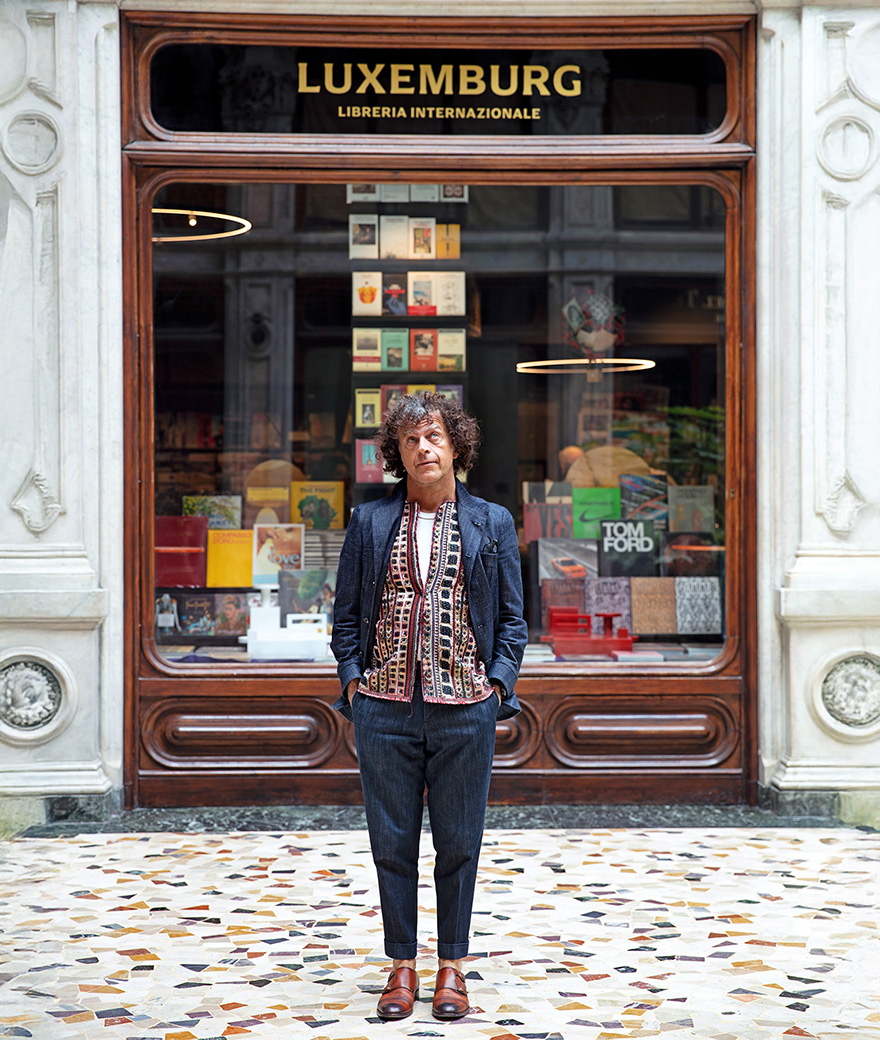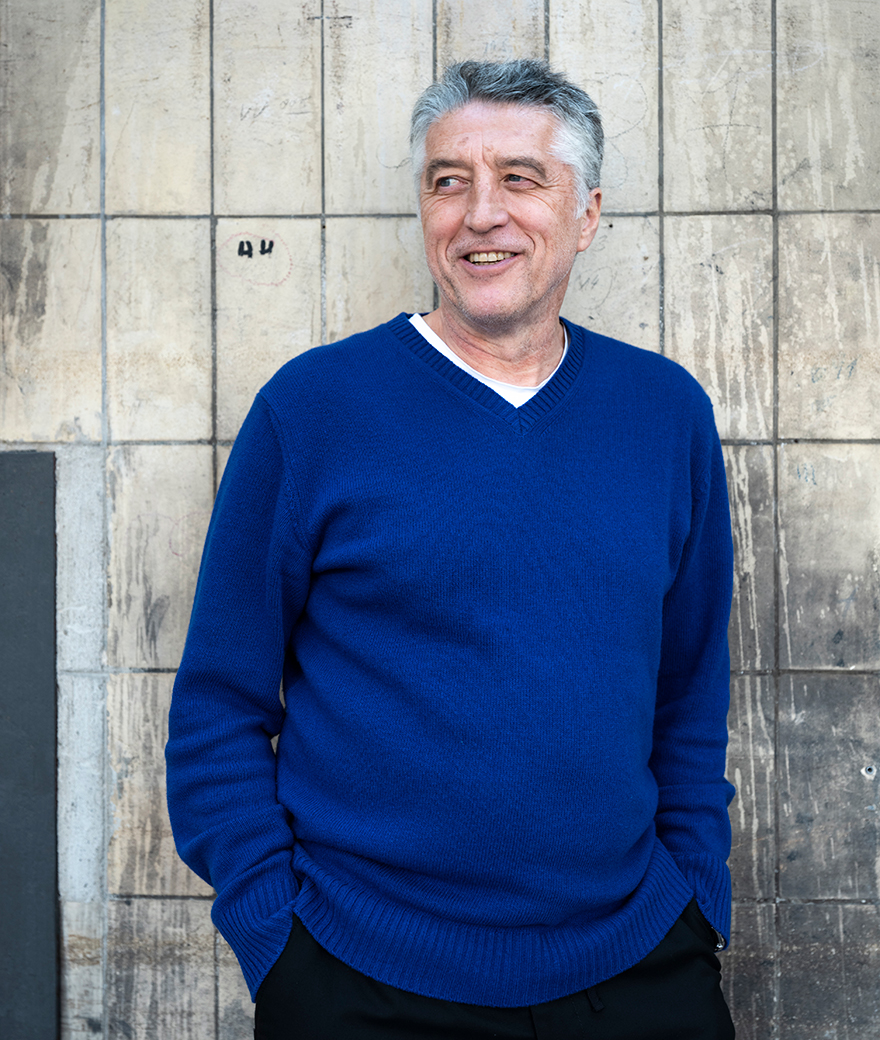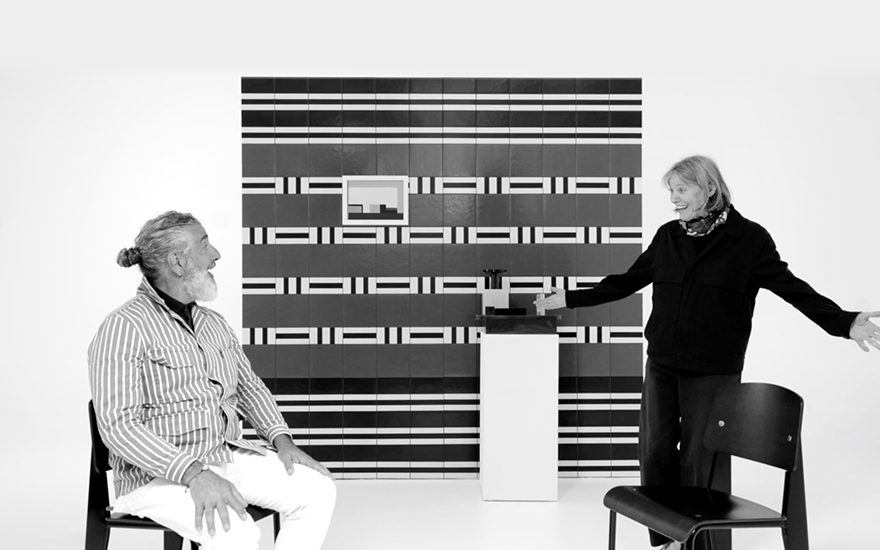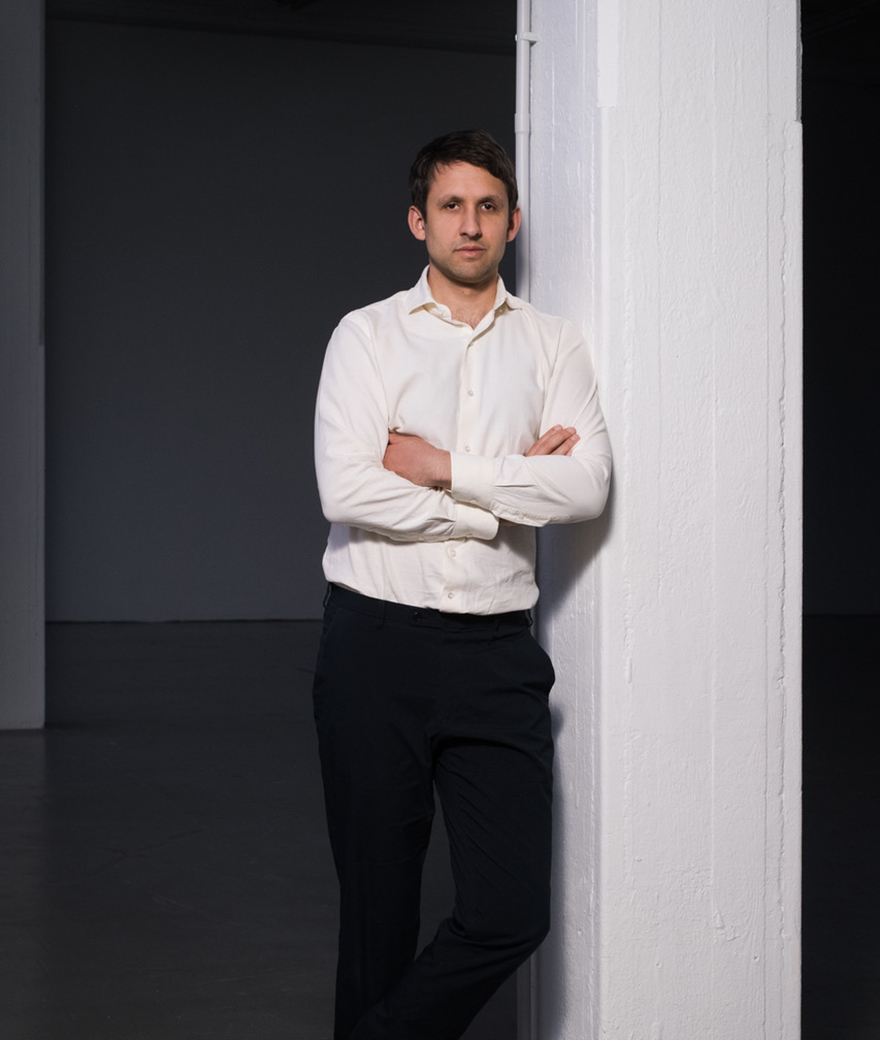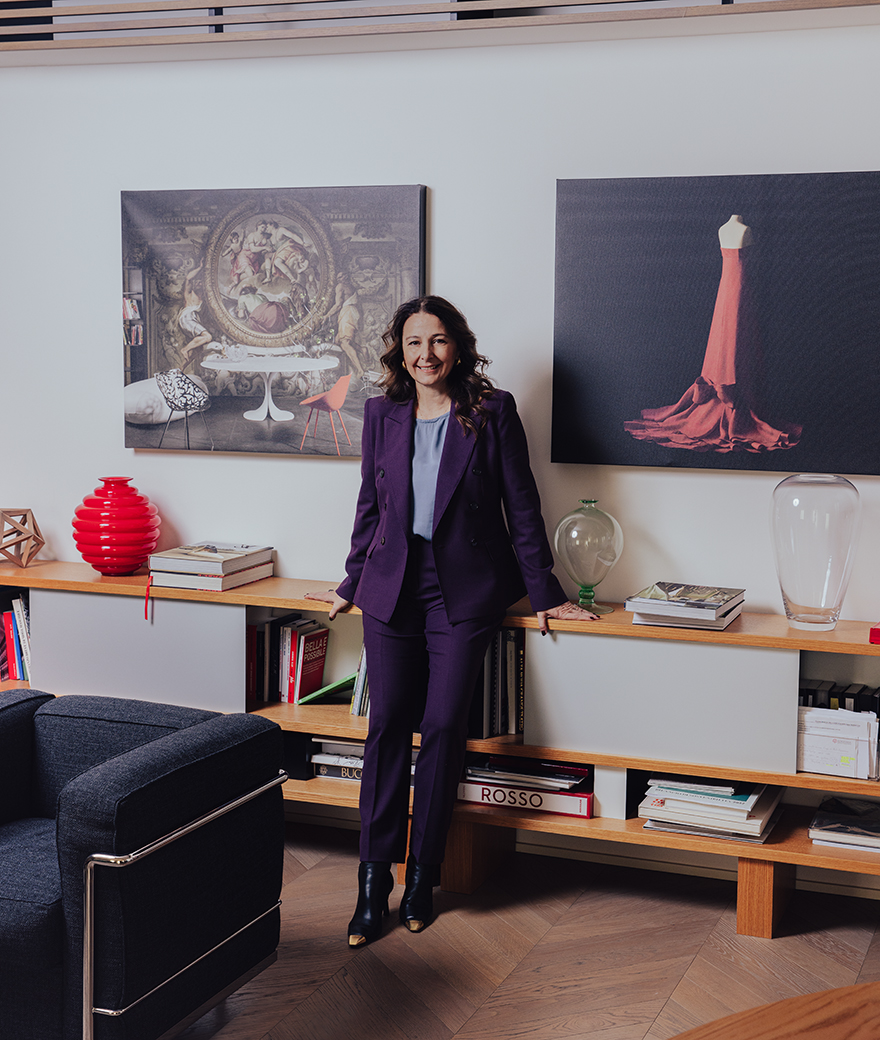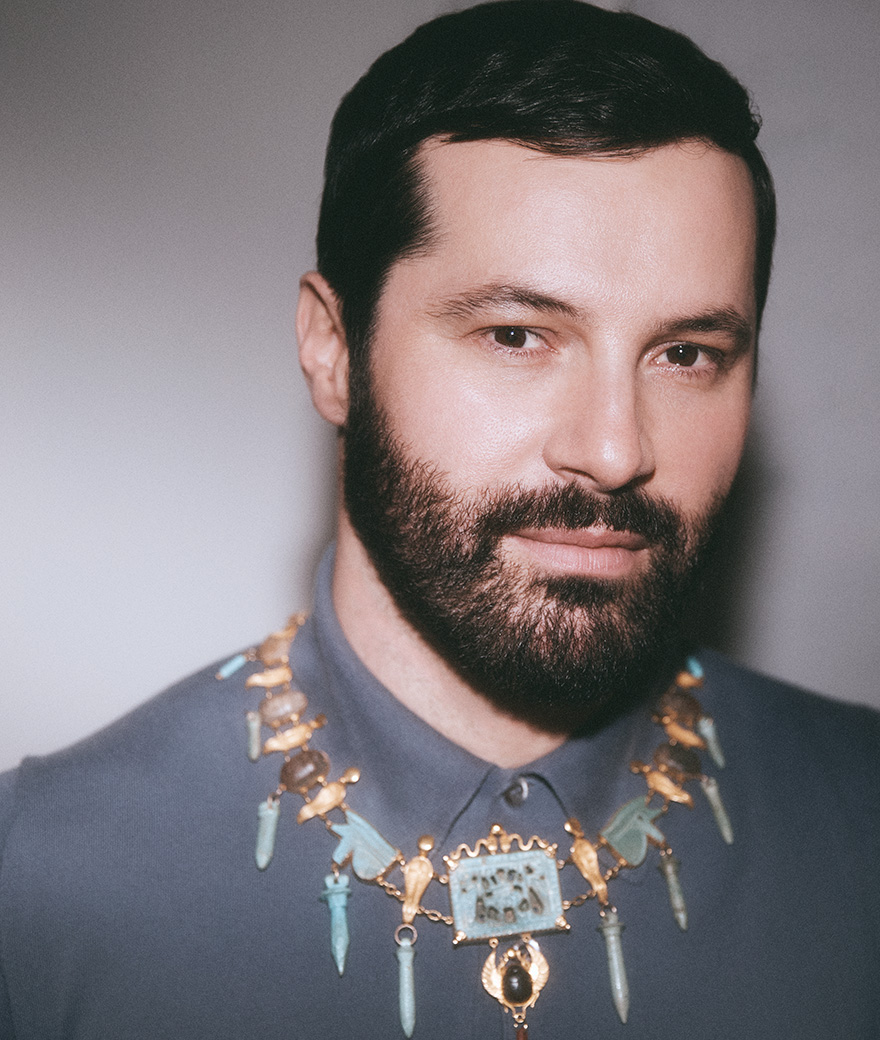A talk with Bart Van Der Heide
How did you get passionate about contemporary art?
As a teenager I was exclusively interested in the past, from Classical Greece to the Renaissance Italy, but then it dawned on me that it was a way to engage with the past as much as with the present. Histories are never set in stone, they are built through the futures we project for ourselves. In this way, writing history is more comparable to a process of forgetting than remembering and contemporary culture determines the site where both projections intersect. I was 19 when I first saw a contemporary art show at the Stedelijk Museum and it hit me like nothing had done before. I thought: what have I been doing with my life? This is where things are still at stake! It was exciting to bear witness to the creation of artworks that would shape the histories of our future.
As a curator, what do you usually look for in an artwork? Is there something that can never be missed?
I hope people see me as an ally to the preservation of the public domain. As soon as a work of art becomes exclusive in a way that it only serves a private aesthetic interest or social class, i’m out. Experience is for me a public arena and a powerful tool to reflect on the changing world we live in. Even in todays digitalized era, it lifts us out of the all-consuming communication-flow and makes us reflect on what is actually happening in front of us. This generates a unique platform for our society to reflect on the current status-quo and explore alternatives. So, to answer your very important question, public relevance would be something I will be looking for.
Do you remember the first artist you exhibited?
There is not a clearly identifiable beginning of my working-relationship with artists, all of them have shaped my current professional and intellectual identity. For instance, I remember joining PS1’s exhibition team in New York in 1997 as an on-call handyman when it was building “Cities on the Move” exhibition. I didn’t know any of the participants that were already famous at the time – such as Kim Soo-ja or Hans Ulrich Obrist – but the experience generated a fundamental life changing shift for me. Working closely with the artists in this exhibition, showed me that designing an exhibition is similar to writing a text. You need to know your audience: what to communicate and how.
Experience is for me a public arena and a powerful tool to reflect on the changing world we live in.
How does the experience at Stedelijk Museum Amsterdam influenced your personal research and approach?
The collection of the Stedelijk Museum has shaped the cultural memory of The Netherlands for the last 125 years. Most of the school kids in this country encounter modern and contemporary art for the first time at this museum. You notice this when people start to talk about the personal connection they have with specific works from the collection. It was an honor and extremely humbling to work within this context and with all these personal histories and experiences.
You have recently been appointed director of the Museion in Bolzano. Even though you will effectively assume the position in June 2020, can you already tell us what do you foresee for the new exhibition program?
Museion is growing with an ambitious and motivated team. So far, it succeeded in building an international profile by means of its exhibitions, new productions and acquisitions. I aim to consolidate this celebrated reputation and simultaneously sidetrack elements that have been more overlooked. This means that we will expand the impact of the museum beyond the exhibitions program and introduce additional experimental platforms for social and cultural innovation. I can’t wait to start rolling up my sleeves and join this collaborative endeavour.
What kind of relationship do you engage with the artists you collaborate with?
Working closely with artists brings me to more meaningful and contemporary exhibitions. For this reason, I always try to include them as early as possible in the development of new ideas and discussions.
As part of the jury in the fourth edition of This Is Not a Prize, why did you choose Japanese artist Shimabuku as recipient of the award?
Shimabuku’s photographs, videos and installations deal with everyday politics, yet they feature situations that appear unnatural and bizarre at first. The poetic of his practice emerges when material and biological cultures adapt to new contexts of use and life. Thus, Shimabuku shows a surprising accuracy in depicting a contemporary consciousness shaped by displacement and isolation, without becoming moralistic or dystopian. His protagonists always adapt to the hybrid forms of existence they encounter through the economic, cultural or artistic intervention. This celebrates the versatility and flexibility of life itself, which is increasingly difficult to hear in times of advancing xenophobia and protectionism. At the same time, it explores a future where this planet might be affected by humans, but it is not as anthropocentric as we may imagine. The artistic oeuvre of Shimabuku makes these urgent topics relatable for a broad set of people, with different backgrounds and interests. For me, this is the work of a true genius.
How did you get to know Mutina? What struck you the most about the company?
This Is Not a Prize is an exemplary philanthropic initiative. It offers artists space and trust, without the immediate pressure of producing an output. It is more interested in the process: initiating an exchange and a relationship in the prospect of an institutional exhibition that will happen in the not-foreseeable future. Mutina exhibitions show a similar approach in generosity and encourage the invited artists to explore other interests, materials and modes of production. I have probably visited the current BRIC exhibition by Nathalie Du Pasquier four times and I still love it because of this reason. It features a practice of Du Pasquier I was not familiar with before: abstract architectural structures made out of customized industrially produced building-bricks. In the end, the collaboration with Mutina even engineered a new type of brick that has actually entered the market. I find this very exciting. Private patronage can generate a fundamental impulse for artistic ambition and creativity that public institutions cannot always deliver because of regulations. I see a lot of potential in building new forms of public-private partnerships that have time, artistic freedom and innovation at their core.
Shimabuku shows a surprising accuracy in depicting a contemporary consciousness shaped by displacement and isolation, without becoming moralistic or dystopian.

